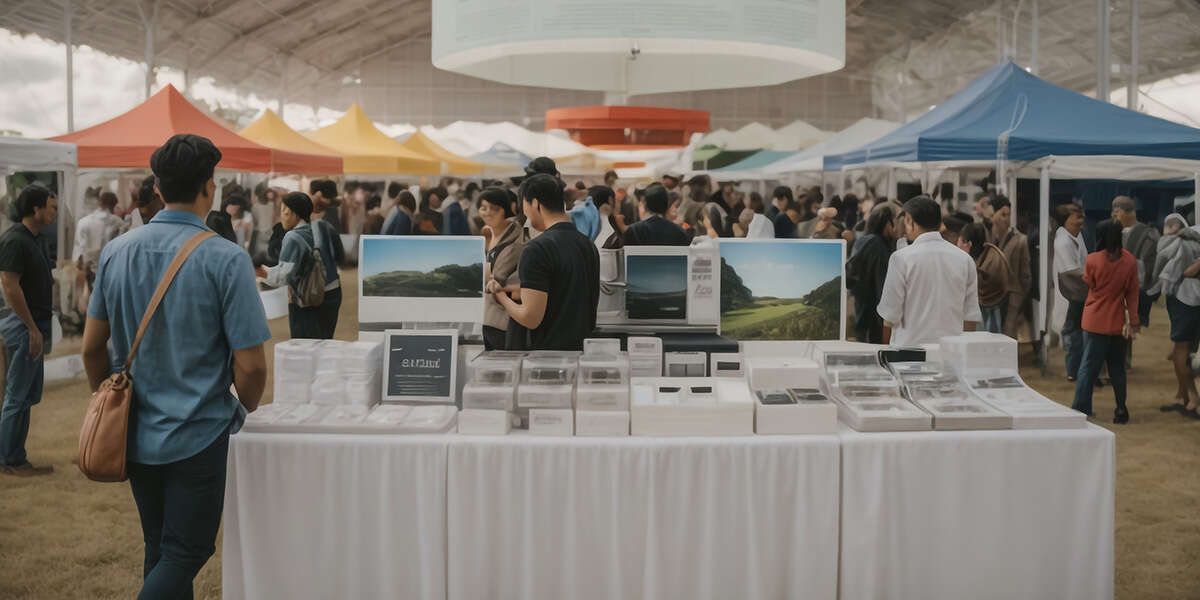How To Gain Brand Awareness Through Trade Show Marketing
If you’re worried about how to gain brand awareness through trade show marketing, develop a marketing plan specific to your brand’s booth. Any brand awareness generated by a trade show only happens when people know that you’ve got a booth at the trade show and, out of all the other booths, it’s the one they should visit! Here’s how.
Foolproof Guidelines for Trade Show Marketing and Brand Success
These trade show marketing guidelines are the latest strategies on how to gain brand awareness through trade show marketing.
Develop Digital Marketing That Engages Instead of Promotes
Create a brand management calendar that schedules social media and industry forum posts, along with relevant tradeshow hashtags that promote your appearance. Your posts should include reminders about the date and time of the trade show, directions to your booth, and any demos or incentives you plan to provide.
However, make the posts interesting instead of salesy to excite existing customers, prospects, and even industry colleagues about visiting your booth.
Think Beyond Social Media
Digital marketing means more than interacting with an audience on social media. Reach out to existing customers with email invites and make sure anyone who visits your social media page and website can find info on the trade show as well as sign up for an invite or email reminders. You can even create a website for the trade show or build a page about it on your existing website.
Develop a Booth Design That People Can’t Resist
Booths that combine sales support and creative marketing stand out at a trade show and play a massive role in how to gain brand awareness through trade show marketing. Remember, marketing happens during the show, not just before it. Here are some booth design tips:
- Place your brand name and logo at the top of the booth so people can see it from anywhere in the venue.
- Provide an eye level description of your brand’s purpose along with details about your products or services.
- Make sure everything from the colors to the fonts on your business cards match your brand image, because effective sales and marketing derive from images more than words.
This is one of the best ways to increase brand awareness!
Never Stop Telling the World Where You Are and What You’re Doing
Because you always need to be marketing, let the rest of the world know what’s going on at your booth in real time via social media posts that include photos. This will build brand awareness because it shows you’re a brand that remains present with its audience.
Do some experiential marketing and ask for follower input. These photos and posts will also help promote future trade shows and your brand in general.
Contact the Leaders in Trade Show Advertising
Oser Communications Group defines the standards of trade show success. If you want to know how to gain brand awareness through trade show marketing, our trade show dailies and other publications can help. Contact Oser Communication Group at 520-721-1300 for more information.


